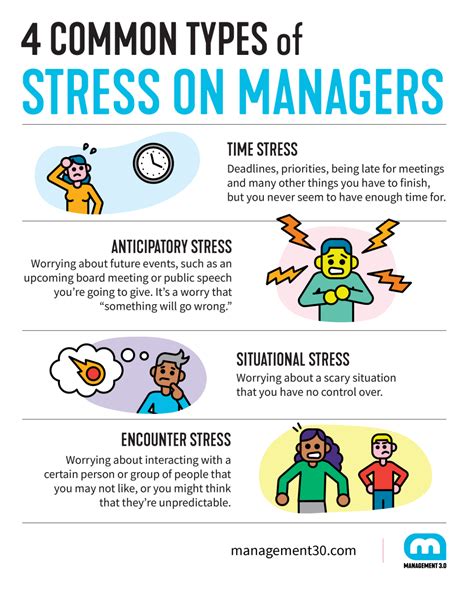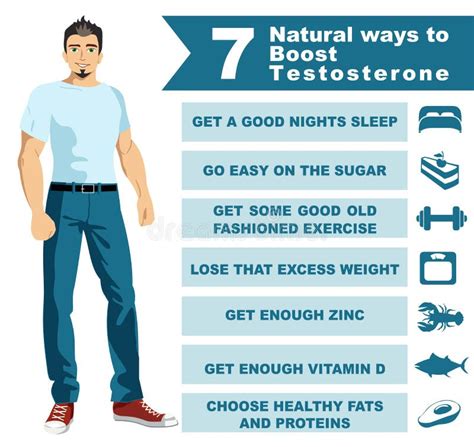Tackling stubborn belly fat while simultaneously preserving muscle is a common yet challenging goal for many fitness enthusiasts. It requires a strategic, multi-faceted approach that goes beyond just ‘eating less and moving more.’ This guide will break down the science and practical steps to help you achieve a leaner physique without sacrificing your strength.
Understanding Stubborn Belly Fat
Not all fat is created equal. Belly fat, particularly visceral fat (the kind around your organs), is often the last to go due to its unique physiological properties. It has a higher density of alpha-2 adrenergic receptors, which inhibit fat release, and fewer beta-2 receptors, which promote it. Additionally, blood flow to this region can sometimes be lower, making it harder for fat to be mobilized and burned. This means you need a consistent, persistent strategy to encourage its departure.

Nutrition: Your Primary Weapon Against Fat
Fat loss, especially stubborn fat, fundamentally comes down to creating and maintaining a caloric deficit. You must burn more calories than you consume. However, to preserve muscle, the quality of these calories is paramount.
Prioritize Protein Intake
Protein is king for muscle retention during a deficit. Aim for 0.8 to 1.2 grams of protein per pound of body weight. High protein intake helps maintain lean muscle mass, increases satiety, and has a higher thermic effect (meaning your body burns more calories digesting it).
Strategic Carb and Fat Intake
Don’t eliminate carbs or fats entirely. They are essential for energy, hormonal balance, and nutrient absorption. Focus on complex carbohydrates (oats, brown rice, whole grains, vegetables) for sustained energy and fiber. Healthy fats (avocado, nuts, olive oil) are vital for hormone production and overall health. Adjust these macros based on your activity level, keeping protein consistently high.
Focus on Whole, Unprocessed Foods
Minimize processed foods, sugary drinks, and excessive saturated fats. Whole foods are nutrient-dense, more filling, and naturally lower in calories for their volume. Adequate hydration is also crucial; drink plenty of water throughout the day to support metabolism and satiety.
Training: Build and Preserve Muscle
Your training regimen needs to be designed to tell your body to hold onto muscle while it’s shedding fat.
Strength Training is Non-Negotiable
Heavy, progressive strength training is the most effective way to signal to your body that your muscles are necessary. Aim for 3-4 full-body or split-routine strength sessions per week, focusing on compound movements (squats, deadlifts, bench presses, rows) with challenging weights and sufficient volume. Continue striving for progressive overload even in a deficit.

Strategic Cardio Integration
Cardio can help accelerate your caloric deficit. Incorporate both High-Intensity Interval Training (HIIT) and Low-Intensity Steady-State (LISS) cardio.
- HIIT: Short bursts of intense exercise followed by brief recovery periods. Excellent for improving cardiovascular fitness and can boost metabolism. Limit to 1-2 sessions per week to avoid excessive cortisol release and potential muscle catabolism.
- LISS: Longer, less intense sessions (e.g., brisk walking, cycling). Great for active recovery, burning additional calories without significant impact on muscle recovery, and can be done more frequently.
Lifestyle Factors: The Unsung Heroes
Often overlooked, these factors play a significant role in your body’s ability to burn fat and maintain muscle.
Prioritize Quality Sleep
Lack of sleep disrupts hormones critical for fat loss, such as ghrelin (hunger hormone), leptin (satiety hormone), and cortisol (stress hormone). Aim for 7-9 hours of quality sleep per night to optimize your body’s ability to recover, build muscle, and burn fat.
Manage Stress Effectively
Chronic stress elevates cortisol levels, which can promote belly fat storage and make fat loss more difficult. Incorporate stress-reducing activities like meditation, yoga, reading, or spending time in nature. Remember, over-training is also a form of stress on the body.

Patience and Consistency are Key
Stubborn fat loss isn’t linear. There will be plateaus and frustrating moments. Stay consistent with your nutrition, training, and lifestyle habits. Track your progress (body measurements, photos, strength gains) rather than solely relying on the scale. Adjust your caloric intake and training volume as needed based on your progress.

Cutting stubborn belly fat while maintaining muscle is a challenging but achievable goal. By meticulously managing your caloric intake with a high-protein diet, engaging in consistent strength training, strategically incorporating cardio, and prioritizing sleep and stress management, you create an optimal environment for your body to shed fat and preserve the muscle you’ve worked hard to build. Remember, consistency and adherence to these principles over time will yield the best results.




